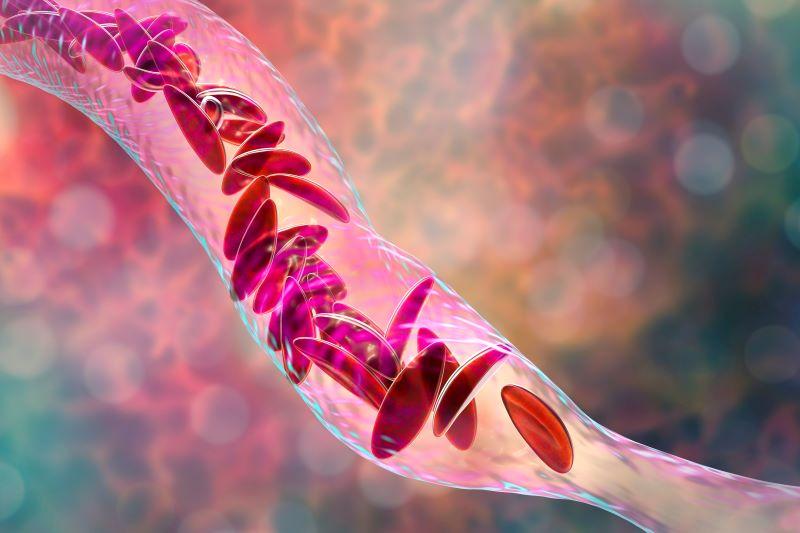Inconsistent users of DMT had higher prevalence of vaso-occlusive crises, splenic complications, health care visits
By Elana Gotkine HealthDay Reporter
MONDAY, Nov. 27, 2023 (HealthDay News) — From 2014 to 2021, uptake of disease-modifying treatments (DMTs) for sickle cell disease (SCD) remained low, according to a study published online Nov. 22 in JAMA Network Open.
Terri Victoria Newman, Pharm.D., from the University of Pittsburgh, and colleagues examined characteristics that may be associated with DMT use among patients with SCD and described patterns of annual use from 2014 to 2021.
Sample A included 5,022 patients with SCD (2.9, 5.5, 17.8, and 73.9 percent inconsistent users, incident users, consistent users, and non-DMT users, respectively). The researchers found that compared with other use groups, inconsistent users had a higher prevalence of vaso-occlusive crises, splenic complications, pulmonary complications, kidney disease, acute chest syndrome, and health care visits. The prevalence of vaso-occlusive crises, acute chest syndrome, and inpatient and emergency department visits was lowest for non-DMT users; this group also had the highest proportion of adults aged 65 years and older. The use of hydroxyurea increased in sample B (6,287 beneficiaries with SCD), from 19.6 to 24.3 percent in 2014 and 2021, respectively. There was a brief increase seen in L-glutamine use, followed by a gradual decrease throughout the study period. Overall, total DMT use increased from 2014 to 2021, from 19.6 to 28.3 percent.
“Ultimately, increasing access to and use of DMTs has the potential to improve outcomes and quality of life for individuals with SCD,” the authors write.
Two authors disclosed ties to the pharmaceutical industry.
Copyright © 2023 HealthDay. All rights reserved.








